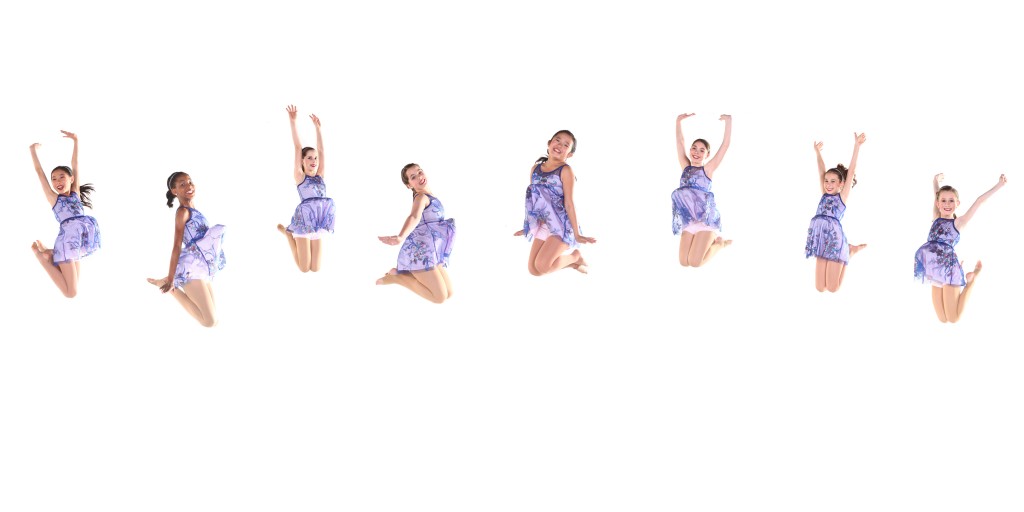 Dance can be a very different extra curricular activity for the parents who bring their students into the studio. Unlike other sports or activities, there isn't a weekly game or event where you can watch your student progress. Often times there is just a small observation window, and as students get older they want to be dropped off at the door. The end of the year recital becomes an extremely important event because it is the only time the students get to show what they have been working on all year. So what are the students learning in the dance classroom all year?
Dance can be a very different extra curricular activity for the parents who bring their students into the studio. Unlike other sports or activities, there isn't a weekly game or event where you can watch your student progress. Often times there is just a small observation window, and as students get older they want to be dropped off at the door. The end of the year recital becomes an extremely important event because it is the only time the students get to show what they have been working on all year. So what are the students learning in the dance classroom all year?
- Strength, control, and coordination: One of the most impressive attributes about the art of dance is that dancers make what they are doing look simple. The truth is that it takes a lot of muscle strength and control to execute the technical skills that dancers have to master. In many dance moves the arms are moving separately from each other and separately from what they lower body is doing. Dancers have to use physical and mental control to be able to complete exercises that otherwise look simple! While they may not be throwing, catching, or kicking a ball, they are developing intricate coordination skills.
- Discipline: Dance teachers pass down an art form and tradition that has been around for hundreds of years! Students not only have to respect their teachers and fellow students, but also the dance space. Even the youngest dancers are learning that we don't run in the dance studio and we don't hang on the ballet barre like monkeys! Dancers quickly learn that when they are respecting the classroom and the people around them, they will be able to have fun. They learn to work as part of a group that is learning and dancing together.
- Spatial Patterns and Musicality: The dance classroom is a great way for students to learn about spatial awareness and patterns. From an early age the students have to make sure they have enough room around their bodies to dance using their arms and legs without running into anyone. On a greater scale, dancers learn how to move around the room in lines, circles, on the diagonal, and even in zig-zags! In addition to having to accomplish moving in different patterns, they also have to learn to dance to the beat of the music. Music adds another level of difficulty depending on the tempo and the time signature. Learning spatial patterns and musicality can help students with mathematical skills!
- Artistry: In all of our classes at ADC we allow the students to develop their own sense of artistry. Our kinder students get to play “Freeze Dance,” which can just seem like a fun dance game. During freeze dance students get to dance however they want, which could mean continuing to practice new skills they learn, or inventing new and fun ways to move! Youth classes get to improvise or do a “curtain call” at the end of their classes to develop their artistic skills. They also get to make up their own dances using the lessons they have learned during textbook weeks, or with prompts from their instructors. Developing artistry helps students think outside the box, and also helps them express themselves in a way they may have never experienced before.
These are only a few of the many things students are learning throughout the year in their weekly dance classes. Our teachers love finding ways to reinforce ideas students have learned outside of the dance classroom while they are inside the dance studio. It is easy for teachers to see the progress from week to week, and we hope the parents get chance to look through the observation window every once in a while to see how their students are doing!
My kids need to do a new sport this year and I think that dancing could be really fun for them. I’ll try to find a dance studio nearby so that it’s not much of a hassle to get there. I think it’s so great that the kids can learn how to work together in a group and make friendships.